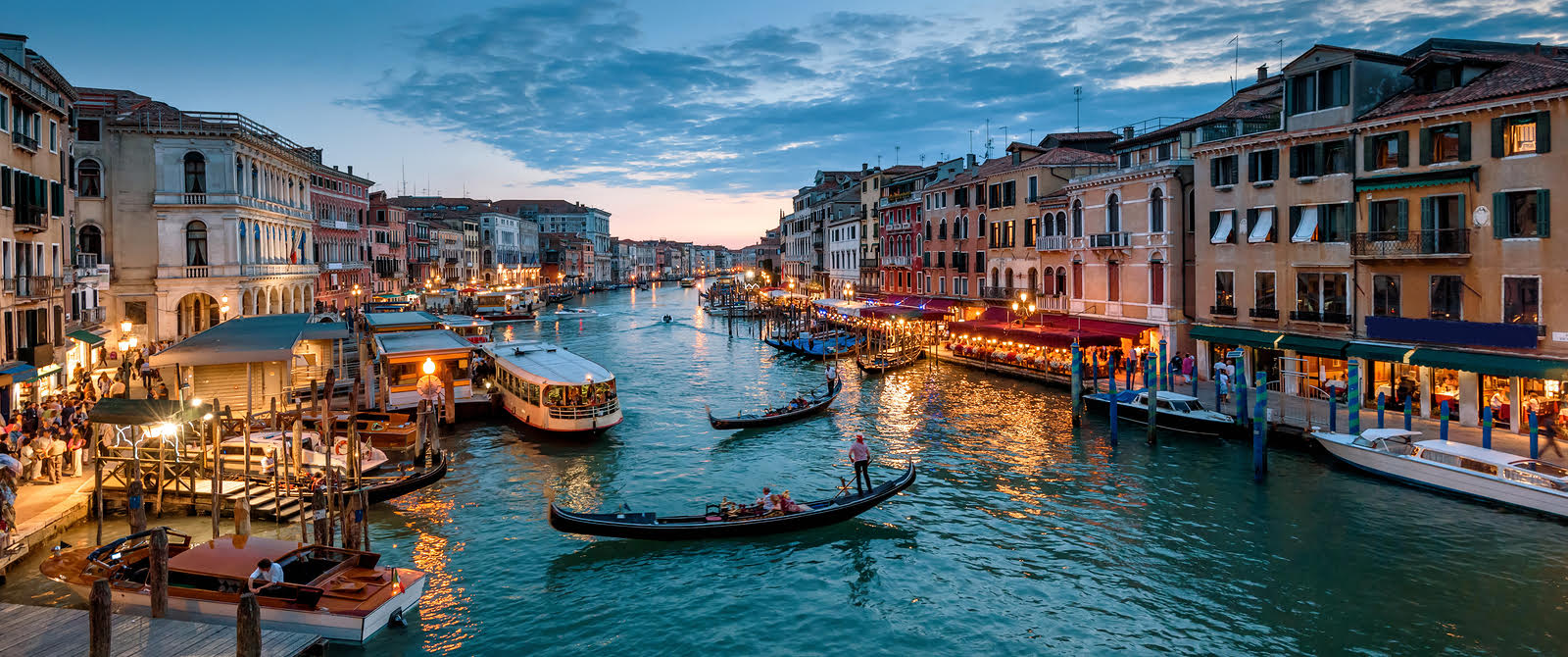In this article we provide our tips for taking landscape photos. There are many things to consider, however the main things to remember are to keep exploring, and keep experimenting!
The extent to which someone will go to take a good landscape photo varies. Some will travel to the right destination, wait hours in the one spot for the clouds to make just the right formation or the sun to shine at just the right brightness, whilst carrying an array of lenses, filters, a tripod and maybe more than one camera.
Another keen photographer might just find themselves in the right place at the right time. They’ll pull out their phone and take just one shot that gets printed and displayed in pride of place in their office or home living room, with the photographer always keen to tell the story that surrounds the magical moment.
However, nature presents itself in so many ways that it can take a lifetime trying to master the art of photographing just a waterfall, the night sky or a sunrise or sunset.

So without getting too technical, here are 8 things to consider when taking landscape photos:
- Composition – Train your eye to look at the same view but from a different perspective. Is the section of landscape better viewed horizontally, vertically, zoomed in closer or panoramic? Using a phone to capture and play with images will help you gain a better sense of composition.
- Lenses – Standard, wide-angle, telephoto, macro and other specialty lenses are available – each with different effects. Learn how they vary and which works best for you and your style of landscape photography. There are some fun lenses also available for phones.
- Depth of Field – A landscape image generally aims to be sharp all over. Be creative and learn to get close to and keep your subject in focus whilst blurring the background and vice versa.
- Filters – Photographers may use filters simply to protect their lens. Filters help to reduce glare and reflections, reduce the amount of light that enters the lens and enhance colours. With practice you can learn the effects the various filters available can have to improve your landscape photos.
- Light – Photographing a sunrise (for example) will present unique challenges, however when it’s well done is awe-inspiring. Look at how clouds affect the way light and shade falls across a landscape to create an extraordinary image. Learn how to use and capture natural light to add an extra dimension to landscape photography.
- Movement – Landscapes never stand still, so learn to capture the movement of water and skies to add drama and mood to images.
- Tripod – Using a tripod will help to ensure high quality landscapes photos without handshake and with less noise. Stitching files together will also be easier when a tripod is used. A tripod also holds the camera allowing the photographer to be much more hands-free, so they can take their time setting up the shot.
- Experiment and keep learning!
Print 2 Metal has had the opportunity to print award-winning land and seascape images (mainly of the Mornington Peninsula) for photographer Murray Thompson. Murray is passionate about the beauty of the coastline, and it’s varying weather and extremes. He uses Canon professional cameras, high quality German lenses and filters to bring fine detail to his large panoramic images. His choice to print to high grade metal gives a stunning appeal to his large pictures, and a clean edge for a modern look.
Find out more about how we work with photographers, or get in touch to find out other ways we can help bring your landscape photographs to life.

